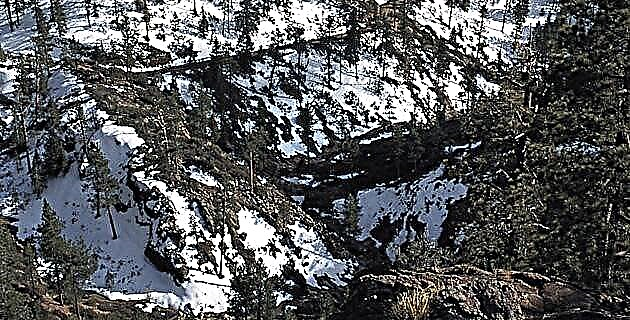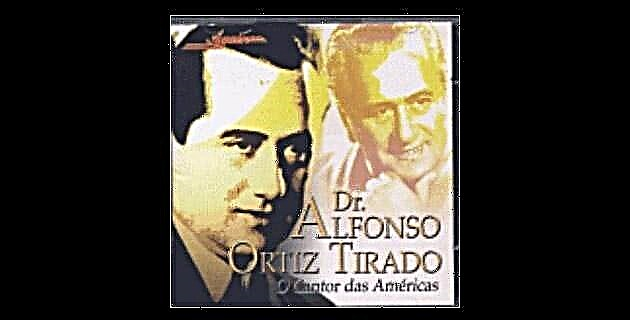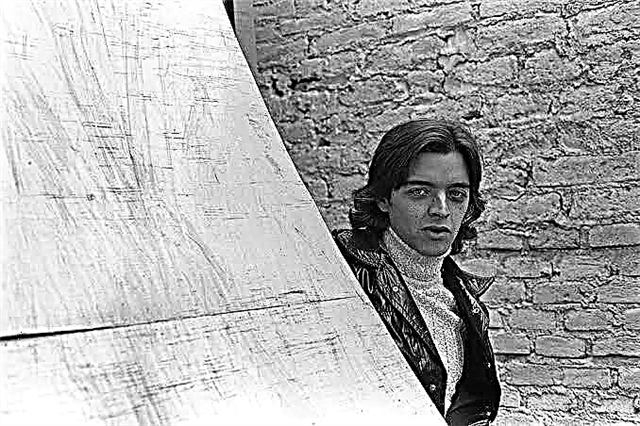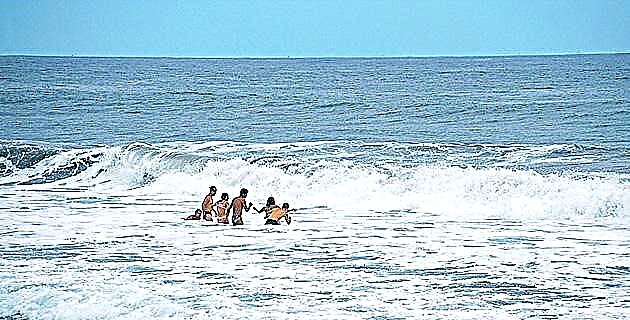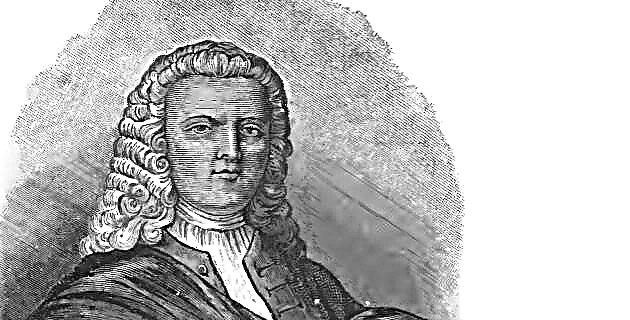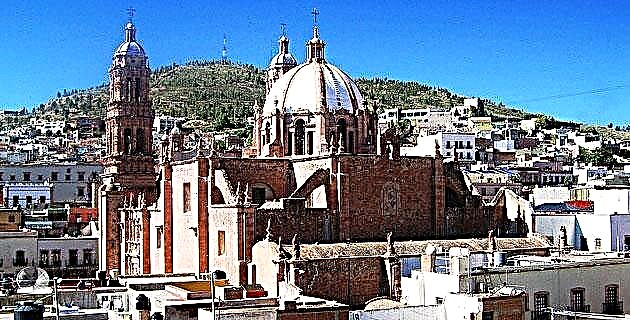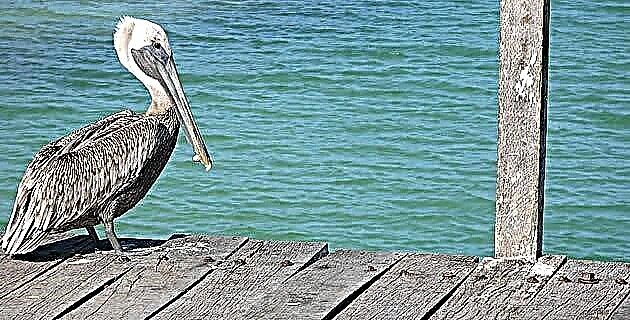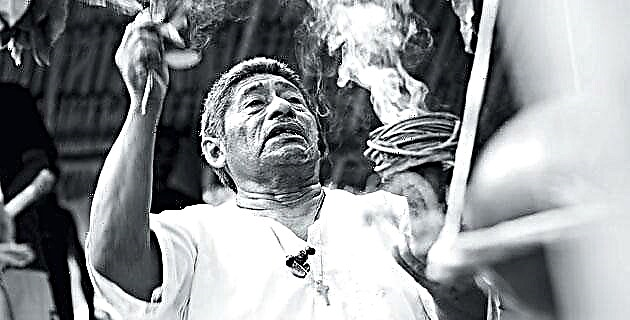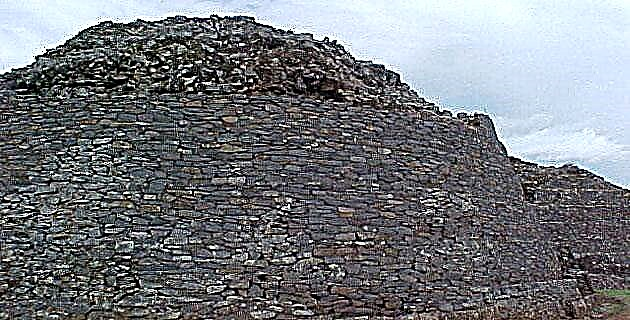
In the mid-fourteenth century from the Christian account, Tariácuri, cazonci de Pátzcuaro, gathered his three nephews, Hirepan, Tangaxoan and Hiquingaje, in a secret ceremony held on the Thiuapu mountain, "the place of the copal."
Tariácuri, had fought eagerly to consolidate his dominance in the central region of Michoacán, after the death of his son he felt that he too would soon die, so he gathered his three nephews, Hirepan, Tangaxoan and Hiquingaje, in the Thiuapu mountain . Before the amazed eyes of the young princes, the cazonci showed them their future kingdoms in the form of three mounds of earth, on which they placed a stone and an arrow. The first element represented the figure of Curicaueri, the supreme god, while the second symbolized the destiny that awaited the princes: war and domination over the surrounding towns.
In his solemn speech, Tariácuri exhorts them to organize expeditions to the four directions of the universe with the purpose of conquering new lands, seizing their wealth and imposing taxes on them that will ensure the future of the Purepecha. In addition, in this way they would take revenge for the old insults and mistreatment that their ancestors suffered when they arrived in the lake region of Pátzcuaro.
After the ceremony, Tangaxoan returns to Tzintzuntzan and begins the preparations for his expedition, and for this he summons the bravest warriors and supplies himself with enough weapons for the next battles. With his closest relatives and the captain of his guard, he climbs the northern slope to the highest part of the Yahuarato hill. From there he contemplates the beautiful landscape and thanks the gods for the gifts granted to his people, understanding that the natural universe had been lavish in the Michoacan highlands.
The lake of Pátzcuaro extends next to its city, in whose waters are several islands, including Pacanda, Yunuén, Tecuén, Jarácuaro and Janitzio. Its inhabitants basically fish for aquatic animals, especially the tasty white fish, due to the scarcity of arable land in their villages.
The Purépecha built their most important cities on the banks of the great lake; on the eastern slope was Tzintzuntzan; one section later –to the southwest– Ihuatzio, called Cuyuacan by the Mexica, or “place of coyotes” (due to the abundance of stone images with the shape of this animal); to the south was Pátzcuaro; while Erongarícuaro was located in the western part.
On that bright morning, Tangaxoan pointed out to his companions the Nahuatzen mountain range, which surrounds and protects the lake as a natural wall that runs from northeast to southwest, joining the Pichátaro mountain range in the south, which performs the same functions. The mountains, covered with forests, provided the wood necessary to build the beam that supported the palatial roofs, and even the humble peasants took advantage of it to build their houses.
From these heights, in the distance, directing their eyes towards the northeast, the group of warriors could observe the Cuitzeo lake, on whose shore the cities of Huandacareo, Zinapécuaro, Araro, Chucandiro, Jeruco, Tarímbaro and Cuitzeo itself settled. that gave its name to the reservoir, until then independent from the domain of Tariácuri.
The wide space that separated both basins did not present higher elevations than the Zirate hill, located north of Pátzcuaro, of considerable height. The region, in its vastness, was dotted with cultivated fields, mainly corn, beans and squash. The captain of Tangaxoan commented that the year had been very abundant in hunting. Forest animals, mainly deer, provided meat and skin, while their antlers, highly prized among obsidian razors, made the points and spears used in warfare.
From the time of Thicátame (whom some called Hireti-Ticátame), founder of the Cazonci dynasty, this region of lakes and mountains was considered the place of residence of the Purépechas, where the eagle-sun, sacred bird of this town. Michoacán was famous for the abundance of raptors and many other birds whose plumage provided the colorful material with which headdresses and other ornaments of the nobility were made.
In order to prepare his strategy of conquest, Tangaxoan called upon the advice of the elders, who by experience knew of the remote regions that surrounded the kingdom of mountains and lakes. The elders told him that to the south was the Tierra Caliente region, crossed by the mighty Tepalcatepec River, which joins its waters with those of the Las Balsas River. In that area were the cities of Uruapan, Ario, Tacámbaro and Apatzingán, where many tropical products came from, such as cocoa, tobacco and cotton with which all the garments and dresses of both the nobility and the people were woven.
The Balsas River was the natural limit that separated the Purépecha peoples from the Nahua, Yopis and Chontal settlements located to the east of the coastal region. The Tangaxoan explorers had reported that south of the Tepalcatepec River rose an imposing mountain range, the Sierra Madre del Sur, which made it difficult for the armies to move. Only some seasoned merchants dared to cross it from time to time, to bring the valuable marine products, mainly shells and snails that the artisans of the lake region would transform into elegant jewelry, such as bracelets and necklaces for the use of the lords.
The mission of Tangaxoan and the other two nephews of Tariácuri was carried out on time. Towards the north, by the direction of Cuitzeo, they fell on the populations of Hiuacha, Coyinguaro, Tetepeo and Turipitío. One of the main purposes of this expedition was to ensure control over Zinapécuaro and Ucareo, east of Lake Cuitzeo, where the valuable obsidian mines were located, the sharp volcanic crystal with which, before the massive development of metallurgy, many of the work tools and mainly the weapons used by the Purépecha armies. Tangaxoan, advised by the old military, knew that control over this important raw material would assure his people not only military dominance over the region, but that obsidian would bring wealth, since it was an element of great value in commercial exchange.
In another campaign, heading southeast, whose final destination was the bank of the Balsas River, the armies conquered Cumachen, Naranjan, Cheran and Zacapu. To these victories was added the triumphant route back to Tzintzuntzan, which determined that it would cross various towns inhabited by Nahuatl-speaking groups; thus, they seized Huacauato, Zizupan, Chenengo, Uacapu, Teriyaran, Yiriri, Hopacutio and Condebaro.
In their journeys along the Balsas river, the Purépecha learned of the strategic importance of many populations of the Matlatzinca language that, with a view to the future, would form the strategic line that would defend the southeast of the empire against the attack of enemy peoples. This would be confirmed, years later, by the descendants of Tangaxoan, who would stop the Mexican advances in bloody battles that occurred on the way to Taximaroa.
Source:Passages of History No. 8 Tariácuri and the kingdom of the Purépechas / January 2003

